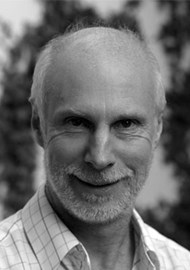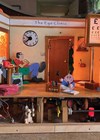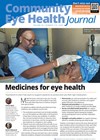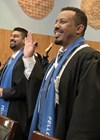I feel incredibly fortunate to have been working part-time at the International Centre for Eye Health (ICEH) [1] since 2006. Earlier in my career, the responsibilities of work and a growing family made this merely an aspiration, and apart from a working visit to Sarajevo in 1996 with UK Med [2], and some time in Botswana before taking up my consultant post in Norwich, the opportunity did not arise.
During my term as President of the Royal College of Ophthalmologists (RCOphth) [3], I met Allen Foster and Marcia Zondervan at ICEH. Both are inspirational people, and this was the start of an immensely rewarding period of my working life. I continued to look after my patients in Norwich and spent one or two days a week at ICEH in London. In this article I describe my experience at ICEH and some of the projects in which I have been closely involved.
ICEH has led the field in public health for eyecare since it was established in 1980 to address the need of low-income countries for expertise in prevention of blindness and treatment of eye diseases. After over 40 years, its vision to “improve eye health worldwide” remains as relevant as ever [4]. Public health remains the cornerstone of medicine as prevention becomes ever more important, with increasing challenges to eye health in the form of diabetic retinopathy, high myopia, retinopathy of prematurity and chronic eye diseases such as glaucoma and age-related macular degeneration [4].
Integral to the work of ICEH is the VISION 2020 LINKS & Networks Programme, established in 2004 to address the key need more effectively for human resource strengthening in low- and middle-income countries (LMICs), particularly in sub-Saharan Africa (SSA), to tackle the increasing burden of unnecessary blindness [5].
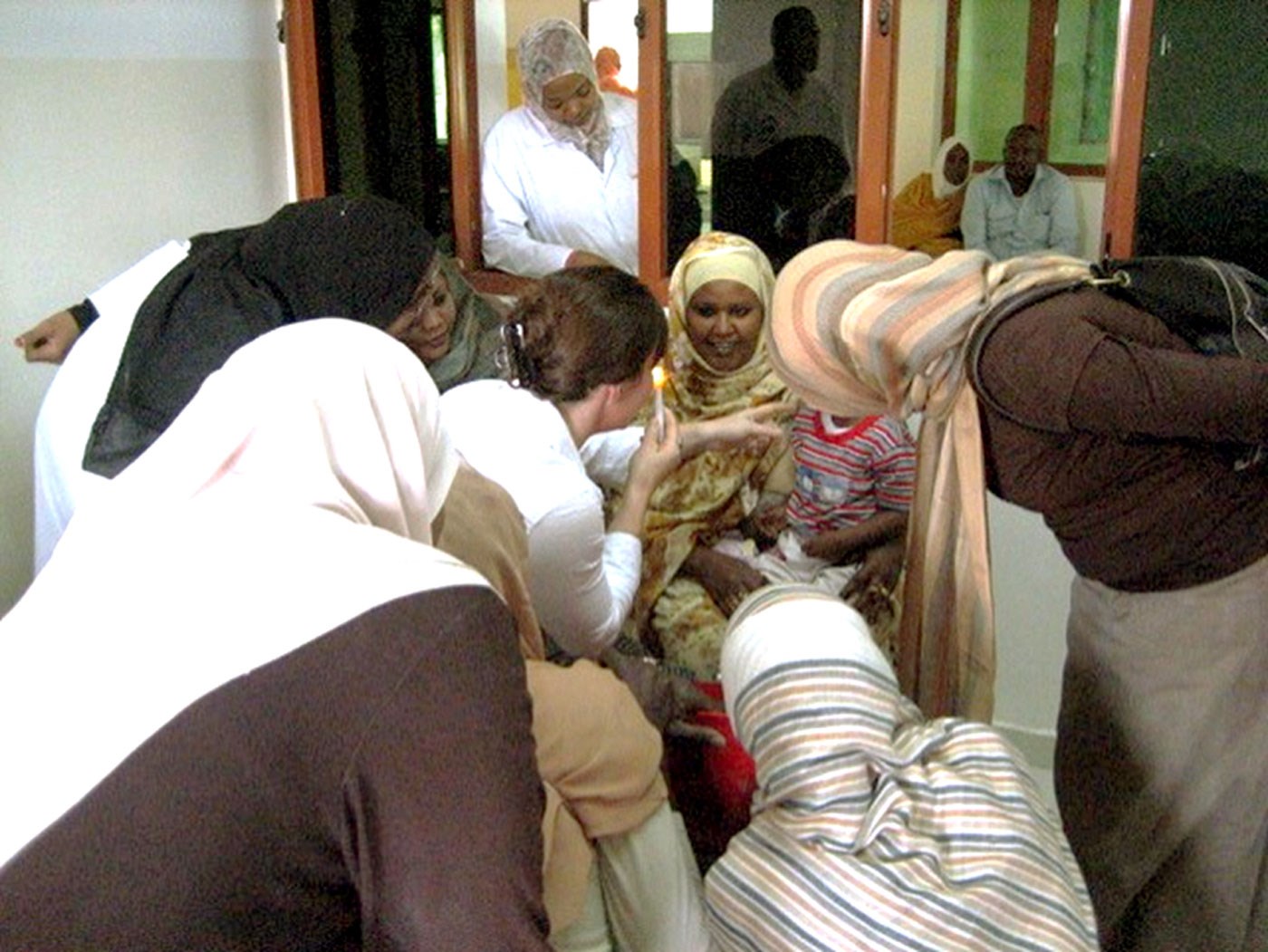
Orthoptic training in Sudan in 2009.
A systematic programme was developed, with assessment and identification of priorities before whole eyecare team visits between LINK partners. The process involves the signing of a Memorandum of Understanding (MoU) and development of a three-year Activity Plan setting out what both parties plan to achieve together. A funding proposal can then be based on the Activity Plan.
At the start, we developed a database of ophthalmologists interested in participating in LINKS and a Toolkit to guide people through the process. There were many overseas eye units looking for partnerships and we matched them with LINK partner eye departments in the UK. In 2007, Lord Crisp produced his report on Global Health Partnerships that was absolutely in line with the ethos of the LINKS Programme. At that time there were 13 LINKS, which were continuing to grow in number. In the early days, financial support from the non-governmental organisations (NGOs) Christian Blind Mission (CBM) and Sightsavers was vital to the LINKS Programme.
"Working part-time at ICEH has been a highlight of my working life for the past 17 years"
Over the years we have seen some remarkable LINK partnerships. Many of the achievements have been recorded in articles in Eye News. LINK activities go far beyond teaching clinical skills; they involve whole eye team visits covering activities including equipment maintenance, laser training, leadership development, orthoptic training, diabetic retinopathy screening, school vision screening, infection control, running audits and Training the Trainers.
We have found that key to a successful LINK is support from senior management on both sides, enthusiastic leadership, good communication, and sensitivity to cultural differences. LINKS are based on mutually trusting relationships; many forge lasting friendships. UK staff develop skills, confidence, team-work and commitment during their visits.
In 2005, we initiated a partnership between the University of Gezira in Sudan and the Norfolk and Norwich University Hospital, which involved several departments in addition to ophthalmology. Over six years, we held 21 exchange visits and worked together to develop several new services:
- Development of a new nursing curriculum
- Development and implementation of a paediatric nurse led service
- Setting up an infection control structure covering all seven hospitals in Gezira
- Introduction of a major maternal and child health programme
- Development of a community research programme and successful bid to the Wellcome Trust
- New specialist glaucoma service
- Introduction of ophthalmic nursing protocols and guidelines
- Some joint achievements of the Sudan-Norwich VISION 2020 LINK.
We learned many lessons, including recognising the importance of active involvement by the Trust Chairman and CEO, the need for active leadership on both sides and the importance of having a dedicated LINK Coordinator. After three years we were able to negotiate part funding from the Gezira State Government in recognition of the benefits of the LINK. We made many friends and learned Sudanese customs. We ate ‘ful medames’ and mangos for breakfast and were invited to two local weddings.
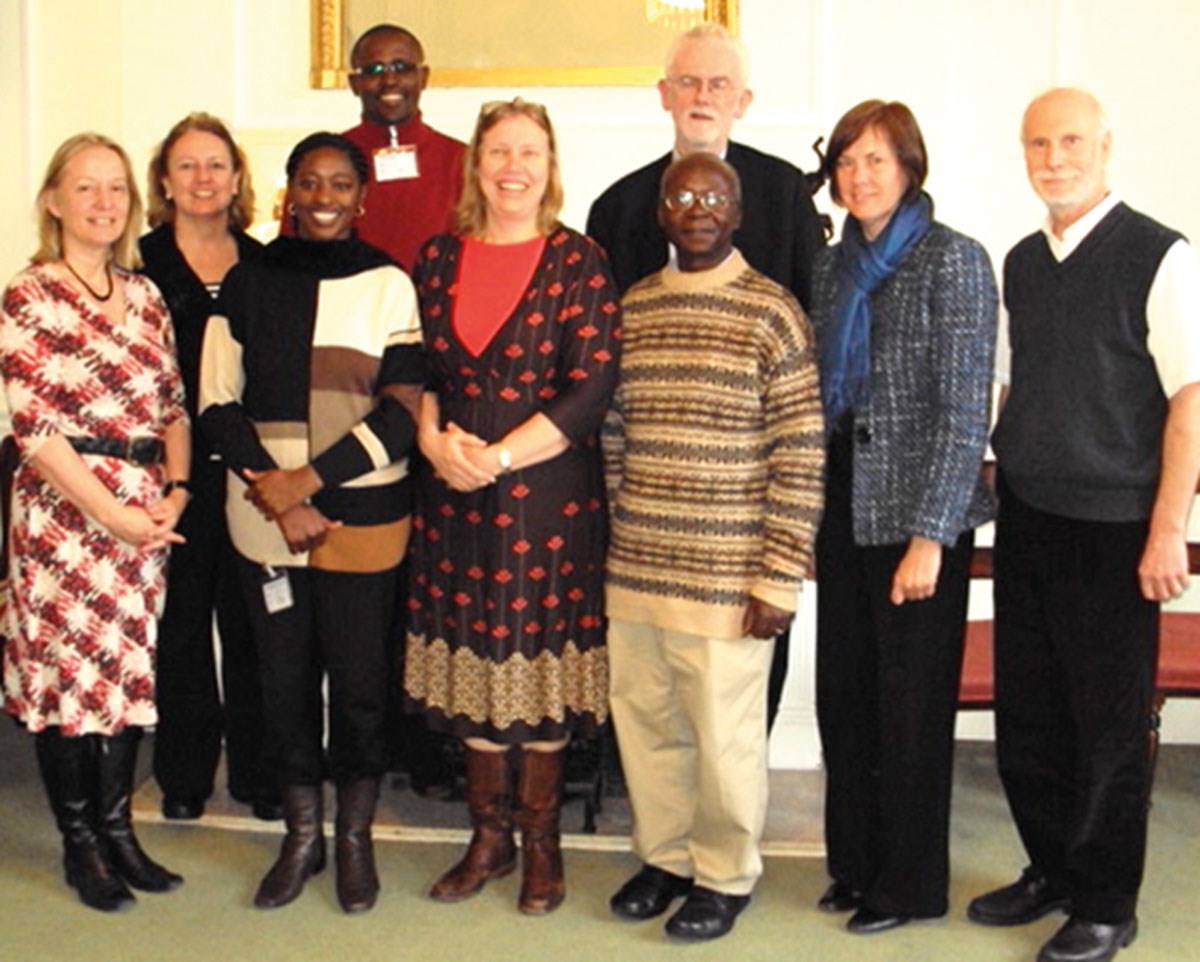
Visit of a team from EACO to the RCOphth in 2010.
A special LINK that I have coordinated over the years is that between the College of Ophthalmology of Eastern, Southern and Central Africa (COECSA) and our own RCOphth. The MoU was signed in 2008 between EACO (COECSA’s predecessor) and the RCOphth. The first priority was: “To establish EACO as a regionally and internationally recognised organisation that coordinates, enables capacity building and ensures quality in ophthalmology in the region” [7].
Over the last 15 years the LINK has worked with COECSA to help it address this objective. The RCOphth has overseen the development of the COECSA fellowship exams (written and clinical), a harmonised training curriculum in the region, continuous professional development (CPD), a Train the Trainers programme, and support for The Journal of Ophthalmology of Eastern, Central and Southern Africa. Regular exchange visits to the RCOphth Congress have helped the organisation of COECSA Congresses, which are held annually rotating between the 13 COECSA countries. It is gratifying to see how COECSA has gone from strength to strength, supported by committed RCOphth members and staff and the LINKS team at ICEH.
A more recent development for the LINKS Programme has been the formation of Networks. These draw together LINKS to share learning within specific subspecialist areas and across different LMICs to address training and capacity-strengthening needs. The Networks, like LINKS, take a whole-team approach which, for diabetic retinopathy (DR-NET), includes endocrinologists, nurses, and screeners, and for retinoblastoma (Rb-NET), oncologists, paediatricians, nurses, radiologists, pathologists, counsellors, and prosthetists. The importance of involving everybody cannot be overestimated. Currently in addition to the DR-NET and Rb-NET, there is a thriving Glaucoma-NET and other Networks are in the pipeline.
The DR-NET was established in 2014 when 15 VISION 2020 LINK partnerships, all working on DR, came together to share learning within and between countries in Africa, the Caribbean and the Pacific. The DR-NET was initially funded by the Queen Elizabeth Diamond Jubilee Trust as part of the Commonwealth Eye Health Consortium. The goal for each centre was to increase the number of people treated for DR by one person per week for five years, which was estimated as saving at least 37,500 ‘blind years’. There are now 38 DR screening centres with activities aligned to national Ministry of Health (MoH) priorities. National Guidelines have been developed in several countries. Since Covid-19, online training workshops and Grading ‘Grand Rounds’ have become a regular feature.
The Rb-NET is an example of how powerful a network can be in drawing together centres all over the world to collaborate in ground-breaking research and share vital knowledge through multidisciplinary team (MDT) meetings and online workshops. Following the main stakeholder workshop in 2017 in India, action plans were developed, a retinoblastoma toolkit was written, and a Community Eye Health Journal (CEHJ) [6] issue was dedicated to Rb. The MDTs are a testament to the dedication of teams around the world treating children who often present with advanced disease. They have practical and moral support from colleagues around the world who give up their time to discuss and advise.
Between 2014 and 2019 I led a clinical fellowship programme which was a component of the Commonwealth Eye Health Consortium. Over five years we aimed to provide 60 one-year fellowships and 40 short-term fellowships, the challenge being to find willing providers and suitable applicants.
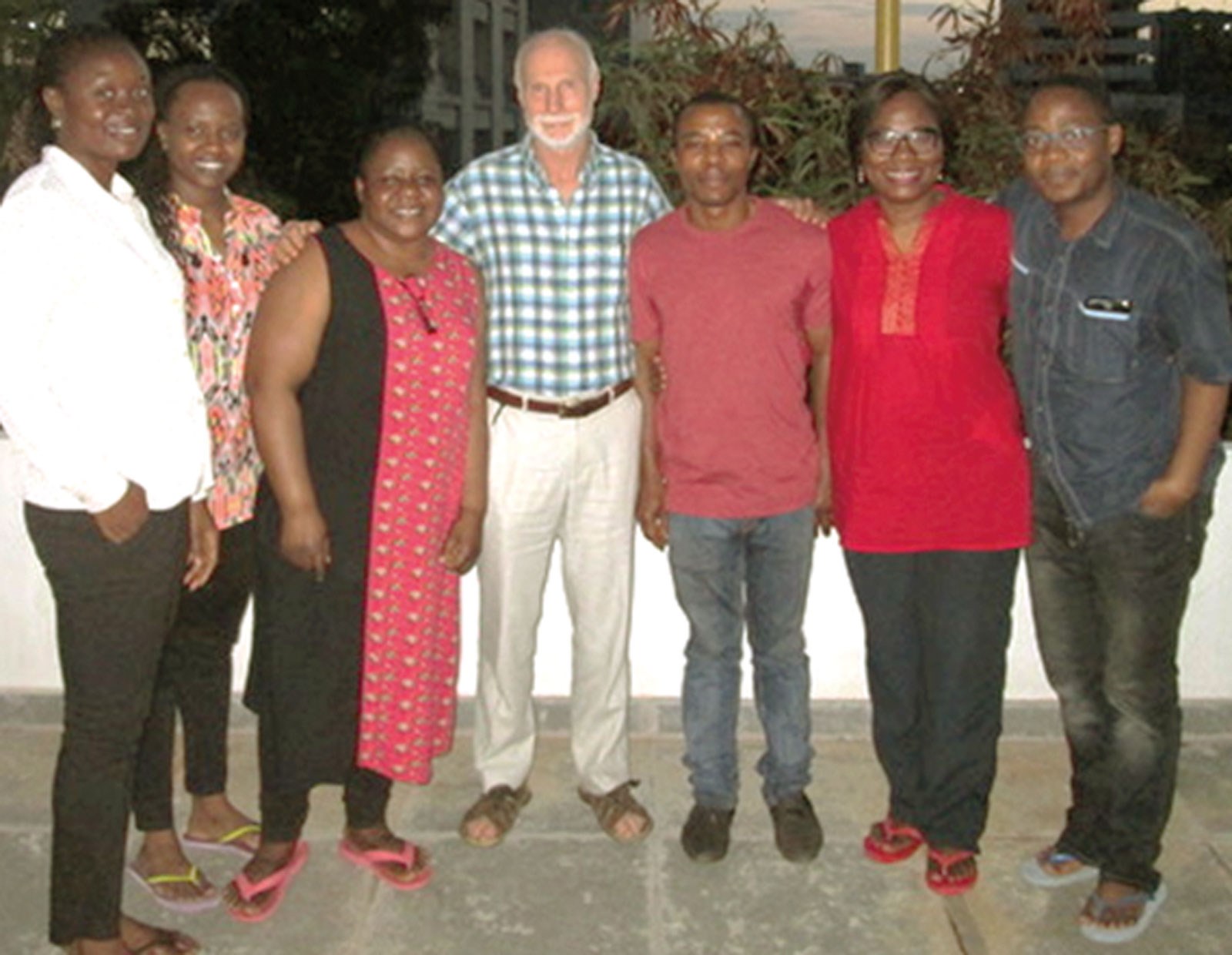
Nick with some of the CEHC Fellows in Hyderabad in 2017.
We found partners all over the Commonwealth, with the majority being in India and Bangladesh. Over 140 fellowships were awarded from 19 countries. All the main subspecialties were covered but also those where a specific need had been expressed including ocular oncology, prosthetics, microbiology and low vision. Managing candidates’ expectations was a challenge, especially where hands-on surgery was concerned. Fellows had to get used to long hours of work and a change of diet as well as being away from their families. However, the feedback results were positive after fellows returned home. Eighty percent had set up a specialist clinic or service despite barriers such as lack of equipment and staffing. The majority were teaching and passing on their newly-acquired knowledge.
Experiences at ICEH have been many and varied. There have been some memorable times, including having a six-foot python put round my neck at a meeting in Dar es Salaam. I took on other positions including chair of VISION 2020 UK and medical advisor to the St John of Jerusalem Eye Hospital for six years. I believe that both roles added to the experience that I was able to bring to ICEH.
In summary, working part-time at ICEH has been a highlight of my working life for the past 17 years. I have seen how effective leadership and collaborative working have positively impacted global eye health. Alumni of the ICEH Masters course in Public Health for Eye Care have become leaders and researchers all over the world and we work with many of them in the LINKS and Networks.
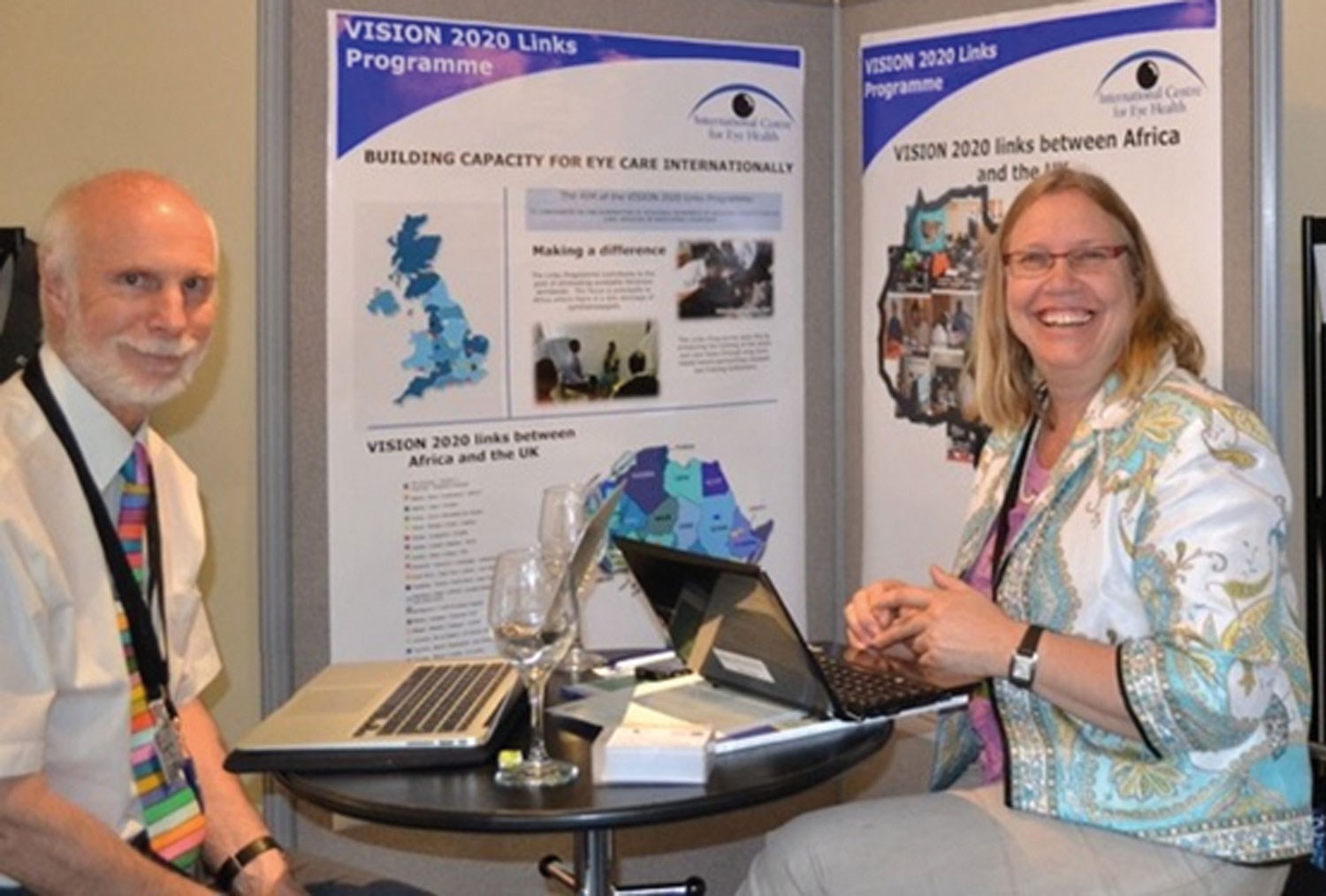
Nick with Marcia Zondervan at the RCOphth Congress in 2019.
I have played a small part in supervising eight of them. I have enjoyed being on the editorial committee of the CEHJ – it is an amazing publication which reaches 35,000 readers in LMICs and contains topical and practical information. I have been involved in obtaining significant grants from a wide range of competitive sources and do not underestimate the enormous amount of work that goes into trying to attract funding for projects.
My association with the College has proved useful over the years as having a foot in both ICEH and RCOphth camps has enabled some close working together. I have covered over 3000 miles cycling in London between the Barbican and ICEH. Retirement looms, but perhaps not completely!
References
1. International Centre for Eye Health (2023).
https://iceh.lshtm.ac.uk/files/2023/
10/0143-LSHTM-ICEH-52pp-Report
-DIGITAL-1.4_updated.pdf
2. UK Med. https://www.uk-med.org/
3. The Royal College of Ophthalmologists. https://www.rcophth.ac.uk/
4. Burton MJ, Ramke J, Marques AP, et al. The Lancet Global Health Commission on Global Eye Health: Vision Beyond 2020. Lancet Glob Health 2021;9(4):e489–551.
5. VISION 2020 LINKS & Networks Programme. International Centre for Eye Health.
https://iceh.lshtm.ac.uk/links/
6. Community Eye Health Journal 2018;31(101).
7. Astbury N, Mabey D, Onyango J, Zondervan M. Building leaders for eye care in Africa: the COECSA-RCOphth VISION 2020 LINK. Eye News 2015;21(6):36–40.
[All links last accessed January 2024]
COMMENTS ARE WELCOME



